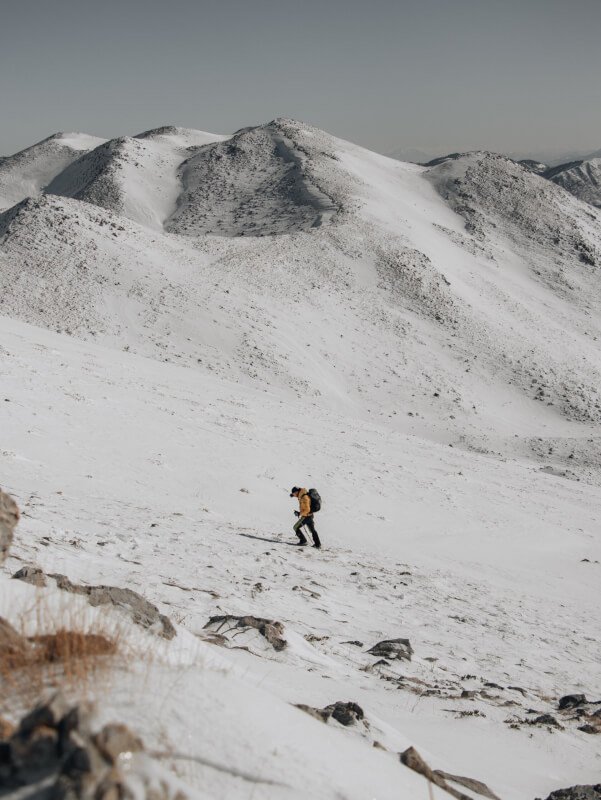Imagine yourself sitting around a crackling campfire, surrounded by towering pine trees and the scent of adventure in the air. As the stars twinkle above, you feel inspired to write your very own camping adventure story. But where do you begin? Fear not, dear camper, for this beginner’s guide will take you on a thrilling journey through the world of storytelling, providing you with the tools and tips you need to create your own captivating tale. So grab a pen and let your imagination run wild as we embark on an unforgettable literary adventure together.
Choosing a Setting
When writing a camping adventure story, one of the first things to consider is the setting. Think about your favorite camping destinations and the unique experiences they offer. Whether it’s the tranquility of a quiet mountain lake or the thrill of a rugged desert landscape, choose a setting that sparks your imagination.
Consider the type of adventure you want to have in your story. Is it a thrilling survival tale in the depths of the Amazon rainforest, or a whimsical journey through a mystical enchanted forest? The setting you choose will lay the foundation for the atmosphere and tone of your story.
To make your story more authentic and captivating, it’s important to research different settings and landscapes. Learn about the geography, flora, and fauna of your chosen location. This will help you create a vivid and realistic backdrop for your characters’ adventures.
Developing Your Characters
Once you have your setting in mind, it’s time to develop your characters. Create a protagonist who will drive the story forward and capture the readers’ interest. Give them a unique personality and background that will make them relatable and engaging.
Don’t forget to include supporting characters who will accompany the protagonist on their camping adventure. Each character should have their own distinct personality and background. This diversity will not only add depth to the story but also create opportunities for interesting interactions and conflicts.
Consider how the characters will interact with each other and the environment. Will they be friends, family members, or strangers thrown together by circumstance? Think about how their individual strengths and weaknesses will come into play during the adventure. Building strong character dynamics will bring your story to life.

Crafting an Engaging Plot
A captivating plot is essential for a camping adventure story. Start by determining the main goal or objective of your adventure. Is it to find a hidden treasure, overcome a personal obstacle, or survive in the wilderness? This goal will provide a clear direction for your story.
Outline the challenges and obstacles the characters will face along their journey. From dealing with natural disasters to encountering nefarious villains, every obstacle should push the characters out of their comfort zone and test their abilities. Be sure to include suspense and unpredictable elements to keep readers engaged and eager to find out what happens next.
Writing Captivating Descriptions
Descriptive writing is crucial in a camping adventure story to transport readers into the wilderness. Paint a vivid picture of the campground and surrounding nature. Describe the towering trees, the babbling brooks, and the wide-open skies. Use sensory language to bring these descriptions to life and allow readers to fully immerse themselves in the story.
In addition to the visuals, don’t forget to describe the sounds, smells, and sensations experienced by the characters. The crackling of a campfire, the aroma of pine needles, or the feeling of a gentle breeze on the skin can all help create a rich sensory experience for the reader.
By incorporating detailed descriptions, you can ensure that readers not only see the characters’ surroundings but also feel the atmosphere and become a part of the adventure.

Building Tension and Conflict
Tension and conflict are crucial elements in any story, and a camping adventure is no exception. To keep readers on the edge of their seats, create conflicts between characters or with the environment they find themselves in. Whether it’s a disagreement among friends, a life-or-death situation, or a battle against the forces of nature, conflict adds excitement and depth to the story.
As the adventure progresses, it’s important to increase the stakes and intensity. The challenges faced by the characters should become increasingly difficult and put their lives and friendships at risk. This escalation of tension will keep readers hooked and eager to see how the characters overcome these obstacles.
Finally, be sure to resolve conflicts in a satisfying and meaningful way. This will provide closure for readers and allow the characters to grow and develop throughout the story.
Adding Exciting Action Sequences
Action sequences are integral to a camping adventure story. These thrilling moments, like hiking through treacherous terrains, navigating rapids, or encountering wildlife, will keep readers engaged and yearning for more.
Include detailed action descriptions to immerse readers in the adventure. Describe the adrenaline that pumps through the characters’ veins as they leap from rock to rock or the rush of the wind as they soar down a zipline. By capturing these moments authentically, you’ll transport readers right into the heart of the action.
It’s important to balance action with character development and plot progression. Action sequences should serve a purpose in the overall story and contribute to the growth and transformation of the characters. This will ensure that every action scene moves the story forward and keeps readers invested.

Including Lessons and Themes
Incorporating lessons and themes into your camping adventure story adds depth and meaning to the narrative. Infuse your story with life lessons or messages that resonate with your readers. Explore themes like friendship, resilience, or the impact of nature on our lives. These themes will provide a deeper understanding of the story and leave a lasting impression on readers.
Tie these lessons into the characters’ development and story arc. Show how the challenges they face in the wilderness shape their beliefs and values. As readers connect with the characters’ journeys, they will also internalize the lessons and themes, making your story impactful and memorable.
Developing a Climactic Moment
Every great story needs a climactic moment that brings all the threads together. Build up towards this moment or event, creating a sense of anticipation and excitement for readers. Will the characters finally reach their goal, or will they face their greatest challenge yet?
Ensure that the climactic moment resolves key plot points and character arcs. It should be a culmination of the challenges and conflicts the characters have faced throughout their adventure. By delivering a satisfying climax, you’ll leave readers with a sense of fulfillment and a longing for their next camping adventure.

Writing Dialogue and Interactions
Dialogue plays a crucial role in character development and progressing the story. Use dialogue to reveal character traits, emotions, and to move the plot forward. Each character should have a distinct voice and manner of speaking that reflects their background and personality.
Include natural and realistic conversations between characters. These conversations should flow smoothly and not feel forced. By striking a balance between dialogue and narration, you’ll maintain a smooth flow and keep readers engaged in the story.
Editing and Revising Your Story
Even the most experienced writers need to edit and revise their work. Review your story for clarity, consistency, and pacing. Ensure that the events unfold in a logical and coherent manner. Make sure that each chapter and scene contribute to the overall story and move it forward.
Check for grammar, spelling, and punctuation errors. These mistakes can distract readers from the story and make it difficult for them to fully immerse themselves in the adventure. Take the time to polish your writing so that it shines and reflects the effort you put into crafting your camping adventure.
Seek feedback from others, whether it’s friends, family, or fellow writers. Their perspectives can provide valuable insights and help you identify areas for improvement. Be open to constructive criticism and make necessary revisions to make your story even better.
Writing your own camping adventure story can be an exciting and rewarding experience. By following these guidelines and letting your imagination roam free, you’ll be able to create a story that captivates readers and transports them into the wilderness. So grab your pen, pitch your tent, and embark on an adventure of a lifetime!



